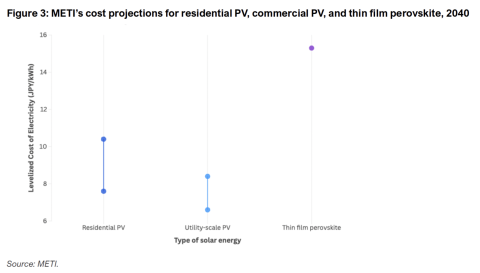Indonesian coal: No bailout, don’t throw good money after bad
Download Full Report
View Press Release
Key Findings
With only one leading coal company currently making a profit, the Indonesian government must let the market decide the future for financially broken coal companies wishing to avoid payments of much-needed royalties and loans.
Exacerbated by COVID-19, coal prices have dropped some 52% in 5 months and Indonesia’s coal export markets, including China and India, are slashing imports and increasingly turning to domestic sources to bolster energy security.
The Indonesian coal industry is facing a range of structural risks that go beyond the current weak pricing.
Executive Summary
Indonesia’s coal industry faces at least twelve more months of gruelling business conditions if, as we expect, benchmark coal prices remain at the current levels of US$47 a tonne. Stakeholders will be asking increasingly tough questions about the financial status of the sector for as long as these low coal prices persist.
IEEFA reports examining the impact of the COVID-19 downturn on Indonesia’s price-sensitive coal sector published earlier this year raised the following question: Will the Indonesian coal industry try to make the case for a government bailout, and if so, when?
In our first report, Can Indonesia’s coal industry survive COVID-19? we examined the consequences of low coal prices from COVID-19 on Indonesian coal companies’ cash flow and for government royalties.
Our second report, Indonesian Coal at the Mercy of the Dragon and Tiger estimated the potential coal demand shortfall from the two key markets of China and India. We found that the listed Indonesian coal companies are financially vulnerable at coal prices below US$60 a tonne, and that hopes of relief from new demand out of China or India could not be justified.
Given the coal industry’s structural problems, we have in this third report turned our attention to the case for a coal industry bailout — something the sector seems poised to request if low prices persist and lead to industry–wide financial stress.
We say no to the bailout, based on the following:
- The continuing sales of significant coal assets by major mining companies signals a structural decline in the economic value of coal assets globally. Coal growth forecasts for South and South East Asia may be rebased as COVID-19 and the energy transition cut into the remaining coal growth narrative. If this decline is structural and not cyclical, there may be no exit plans for a bailout.
- Royalties are a fundamental obligation of any private sector resource extraction business model. By granting industry-wide royalty relief and protecting underperforming companies, the Indonesian government is putting at risk US$1.1bn in royalties and US$1.2bn in taxes it collected in 2019 from the 11 coal companies in our analysis.
- Even the pro-coal Trump Administration has backed away from royalty relief for the coal sector. In July, royalty relief for U.S. coal companies was rejected by the Bureau of Land Management, as the use of COVID-19 as reason to circumvent existing requirements was disallowed. The application included two of the largest mines in the U.S. (2019 sales: 142.8mt) and if successful, would have resulted in US$300m in relief over two years.
- Any relief for the coal sector represents a form of relief for creditors. The leading coal companies have outstanding loans of US$3.8bn borne by Indonesian and foreign banks including four domestic lenders that stand out: Bank Mandiri (Mandiri), Bank Negara Indonesia (BNI), Bank Rakyat Indonesia (BRI) and Permata Bank (Permata). The nature of the exposures is not disclosed, leaving open the question of whether the banks have secured collateral covering potential losses.
- Current outstanding coal sector bonds of US$3.1bn are unlikely to be refinanced. There should be a clear division between private and public funding.
Any policy discussion concerning the outlook for the Indonesian coal sector must start with a pragmatic understanding of the sector’s ability to adapt to energy transition.
Our analysis identifies two key metrics that highlight the sector’s weak financial and operational positioning:
- At the current coal price of US$47 a tonne, only 1 of 11 Indonesian coal companies reviewed - Bayan Resources – is cash positive per tonne of coal sold (see Figure 2).
- Bumi Resources, ABM Investama and Geo Energy Resources are most at risk due to having the highest gearing ratio, and the highest required breakeven prices (see Figure 2).
Even with some measure of relief, these companies could struggle to survive in more challenging markets.
Our conclusion is that instead of any bailout, market forces should be permitted to operate, letting market participants determine the right value of these poorly run assets and companies.
Please view full report PDF for references and sources.
















